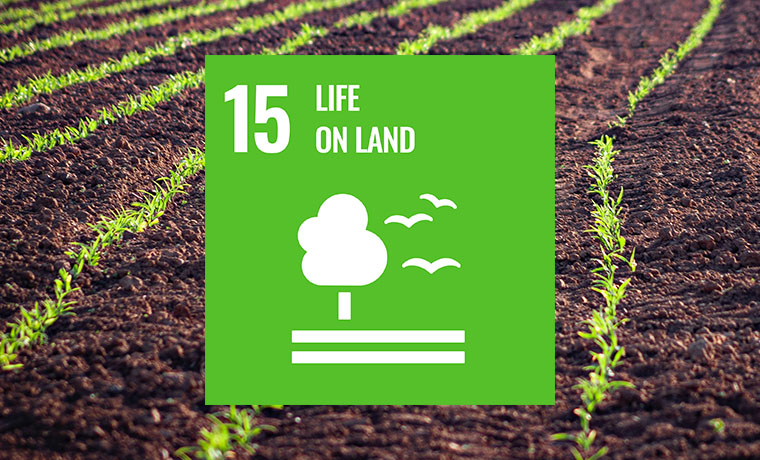Healthy Land
Land has a wide variety of uses: agricultural, residential, industrial, and recreational. Unfortunately, a growing population on earth has led to unsustainable use of land on earth through deforestation, land degradation and loss of natural habitats. Microbes play a key role in the terrestrial ecosystem, providing symbiotic relationships with plants and animals alike. Human use of land has led to the exhaustion of nutrients in soils, contamination of land, and a reduction in biodiversity.
Microbes provide a powerful tool to tackle many of these issues, such as dealing with contaminated water and soils through bioremediation and restoring nutrients to soils. Applying our knowledge of microbes will be essential in restoring the biodiversity of affected ecosystems. Greater research into the microbiomes present on land is essential, as this will allow researchers to develop strategies to protect these invisible networks which support a healthy environment. Understanding how microbes impact human life on land could all have a positive impact, by increasing crop production, repurposing areas of land and improving microbial biodiversity in soil, land, and water.
Read the latest research on healthy land from AMI’s journals here.
Healthy Land Scientific Advisory Group Members













